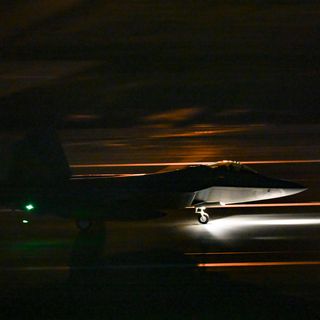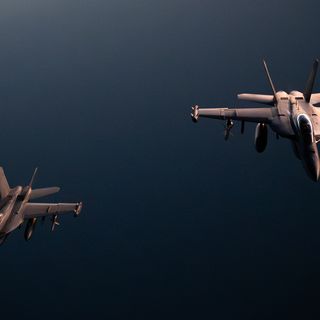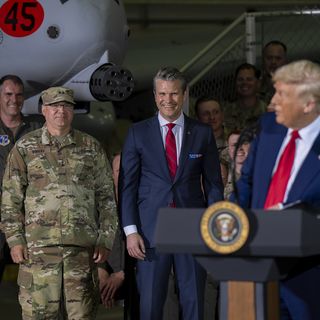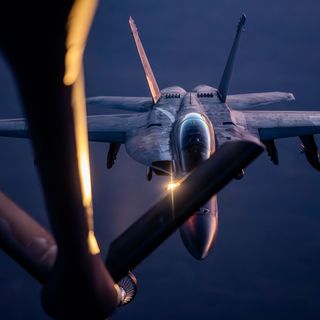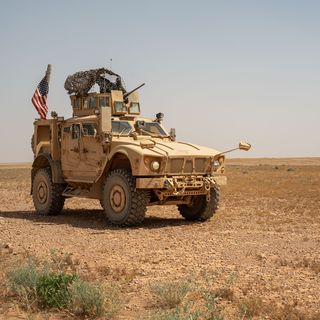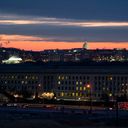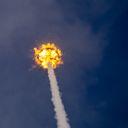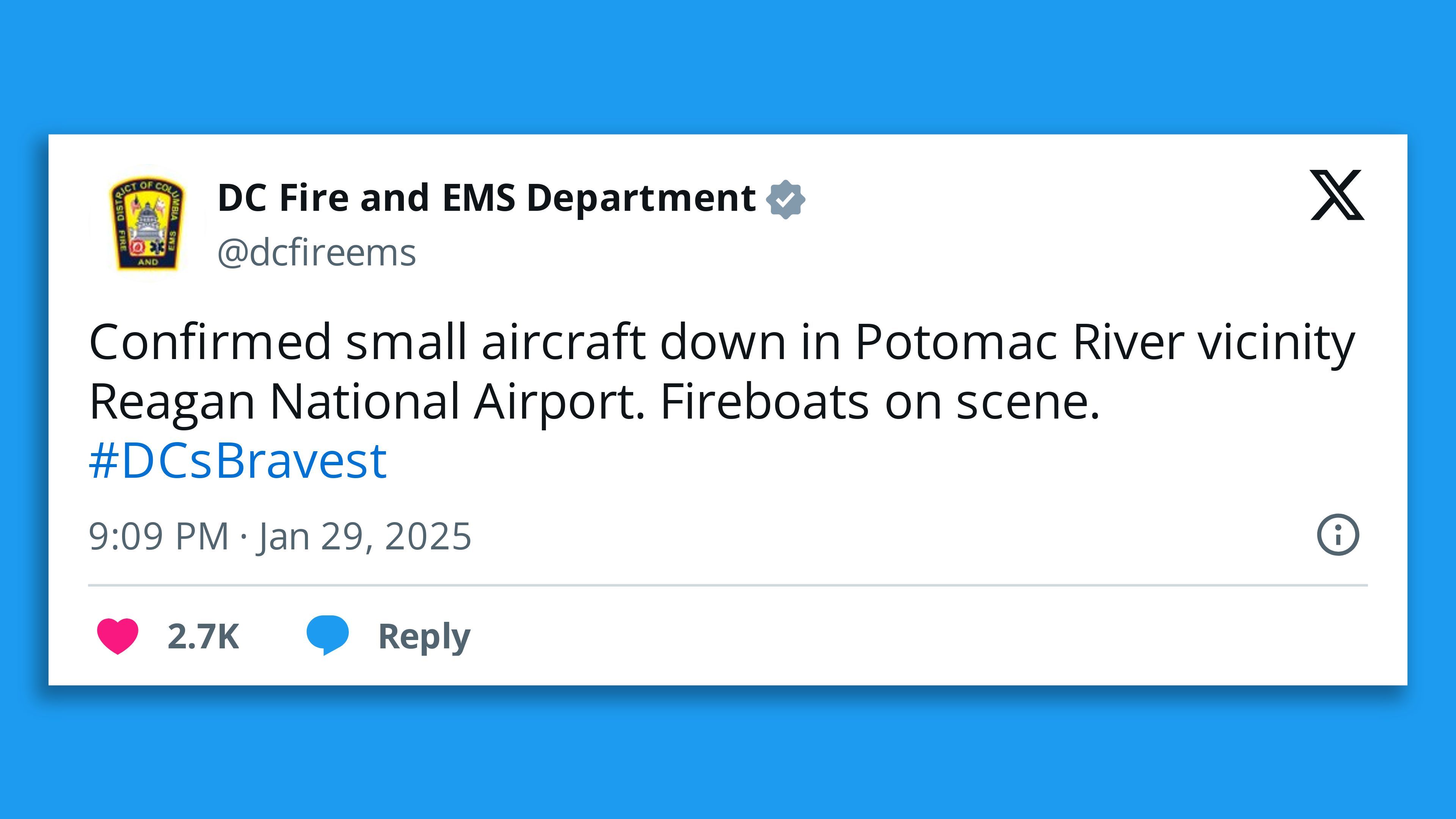Trump and Hegseth unveil $175 billion plans for Golden Dome missile shield
President Trump on Tuesday touted $25 billion in initial funding for the "Golden Dome" and put Space Force Gen. Michael Guetlein in charge of realizing the hemispheric missile shield.
The big picture: Golden Dome — previously dubbed Iron Dome, but separate from Israel's missile defense program — is a mammoth undertaking with enthusiastic backing from the president but many doubters in the national security community.
- Trump said the project will cost around $175 billion and be built over the next three years, though those are both just estimates. The initial $25 billion will be included in the "big beautiful bill" working its way through Congress, Trump said.
- Planning, building, operating and maintaining the Golden Dome, as well as paying for it, will require intense coordination between the Pentagon, Congress, current and future presidents, defense contractors and troops. Trump said Canada also expressed interest in being covered by the shield but would have to "pay their fair share."
- Analysts have expressed doubts about the plausibility — and immense costs — of replicating Israel's air defense capabilities at a continental scale. Trump, however, remains bullish.
The latest: Trump and Defense Secretary Pete Hegseth discussed the envisioned countermeasures during a televised Oval Office meeting.
- They said the missile shield will be designed to block hypersonic missiles, ICBMs and other projectiles, including nuclear weapons, whether they are launched from the earth's surface or from space.
- Trump said President Reagan had wanted to build something similar during the Cold War "but they didn't have the technology." Now, he said, the U.S. has "super technology."
- "This is very important for the success and even survival of our country. It's a pretty evil world out there," Trump said.
How it works: At the heart of Golden Dome is a mesh of sensors and spotters and space-based interceptors.
Zoom out: Defense companies have been jockeying for position since Trump signed an executive order in January to pursue it.
- Lockheed Martin pitched its F-35 stealth fighter, Sentinel A4 radars, command-and-control networks and more as components. Chief operating officer Frank St. John told Axios the project will "require the best of every technology company."
- Booz Allen Hamilton unveiled Brilliant Swarms, a nod to the Reagan-era Brilliant Pebbles. It envisions masses of satellites capable of detecting and smashing into missiles. "The longer you wait to kill an enemy ballistic missile, the harder your problem gets," executive vice president Chris Bogdan told Axios.
- Meanwhile, Anduril Industries, Palantir Technologies and SpaceX were collaborating on dome-related plans, according to Reuters.
Go deeper: U.S. to spend $1 trillion on nuclear weapons over next decade


